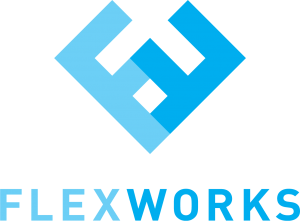How we do it
How we do it
We are flexible and our work process always depends on the size and content of the project. Yet our projects usually follow a typical workflow. Below we describe a medium volume project – from start to complete product.
We work on the basis of our customers’ ideas to help write product specifications. Not only do we make sure that the specification meets the formal requirements specified for a product, we also propose ways to make the product more cost effective.
We design products from the ground up and also develop new applications for existing products. Our customers often come up with ideas for new applications, and for this they need new products. Based on the initial specification, we work with the customer on:
- Mechanical and cosmetic design
- Electronic design
- Embedded software design
- Software design
- Packaging design (where required)
Before we start production, we usually build a prototype. The scope of this work may vary depending on the type, size, and complexity of the product. However, it normally includes:
- Mechanical prototypes using 3D Rapid Prototyping (SLA) and CNC manufacturing of the mechanical parts
- PCB prototypes, which includes both designing a layout and constructing working samples with electronics
- Software prototypes, which includes writing and testing initial working software. We sometimes create the entire software prototype, but usually we produce a prototype which will allow us to test the most important functions
This results in a couple of working prototypes with a cosmetic appearance not far removed from that of the end product.
Normally we evaluate the prototypes together with the customer. Based on previous test cases we know what should happen in the tests and what results are acceptable.
We evaluate and adjust the prototype until there are no longer any unclear issues. Then it is time to update the design.
During this stage, we finalize the mechanical design and prepare an almost final costing of the product.
The parts that we encounter at this stage may, for example, include:
- Plastic and elastomer injection molded parts
- Silicone rubber and rubber low pressure injection molded parts
- Aluminum/magnesium/zinc molded parts
- Machined parts
- Parts made from specialty materials like Tungsten/Wolfram, Graphite etc.
- Extruded parts
- Stamped and pressed sheet metal parts
- Springs
- Printed circuit board assemblies
- Production fixtures
- Test fixtures
Test instructions and quality assurance protocols.
From pilot production, we obtain a sufficiently complete product to allow full testing of the design. This includes mechanical, environmental, and EMC testing. We also correct any issues before the tooling is given its final surface finishing.
We make sure that the product receives all the approvals needed for the customer’s market. We are familiar with approvals for Europe, North America, Australia, New Zealand, and Asia.
We continue with pre-production when all approvals – both mandatory and voluntary – have been obtained, and the customer has signed off on the product.
The product is now ready to go into mass production.
Because we do everything from start to finish, we can also implement the modifications and improvements that are always needed during the service life of any product.
We use a formalized system of ECRs (Engineering Change Requests) and ECNs (Engineering Change Notes) to coordinate the changes between ourselves and the customer. Both parties can initiate an ECR which Flex Three then processes into an ECN with full traceability.






 Specification
Specification Design
Design Prototypes
Prototypes
 Tool-up and tool testing
Tool-up and tool testing Pilot production
Pilot production Approvals
Approvals Pre-production – the first version
Pre-production – the first version Production
Production Product maintenance
Product maintenance
